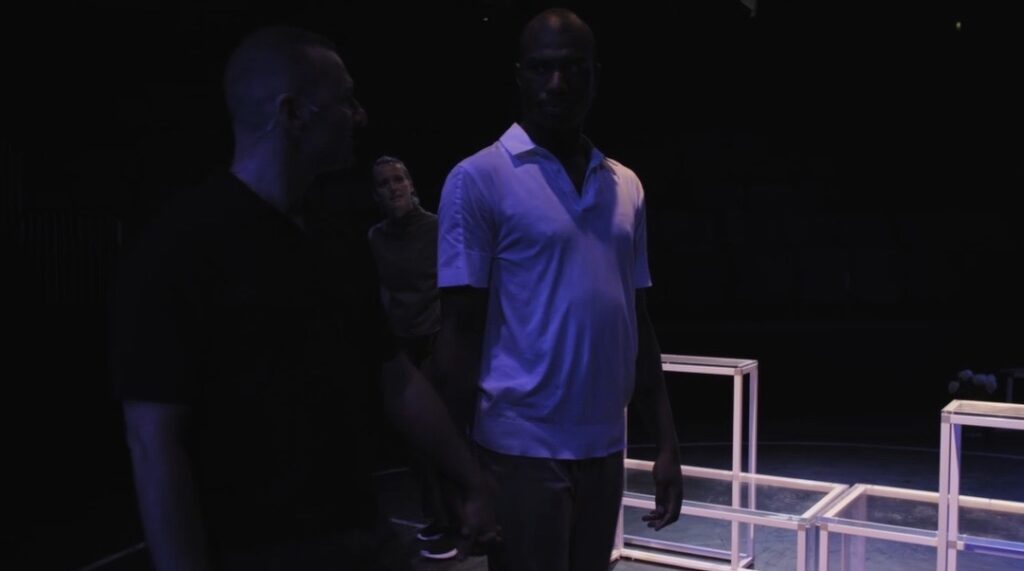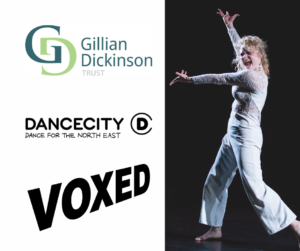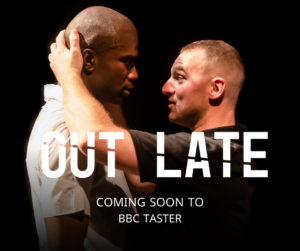VOXED uses BBC Storyformer to put the user in the driver’s seat and choose how this crime drama unfolds.
The context.
Out Late is a dance-theatre crime drama.
It began its life as a stage production, set in the round with the audience on all four sides. I directed and choreographed it this way to give the work a sense of voyeurism that felt right for the genre.
Since we started work on Out Late in 2018, Writer Ankur Bahl, Dramaturg Pooja Ghai, and I have been manipulating the chronology of Out Late. We were curious about how reordering scenes affects how the audience reads a narrative. This felt particularly important when exploring a crime drama, where the question of when an audience member—or indeed a character—learns a piece of information is crucial to the experience.
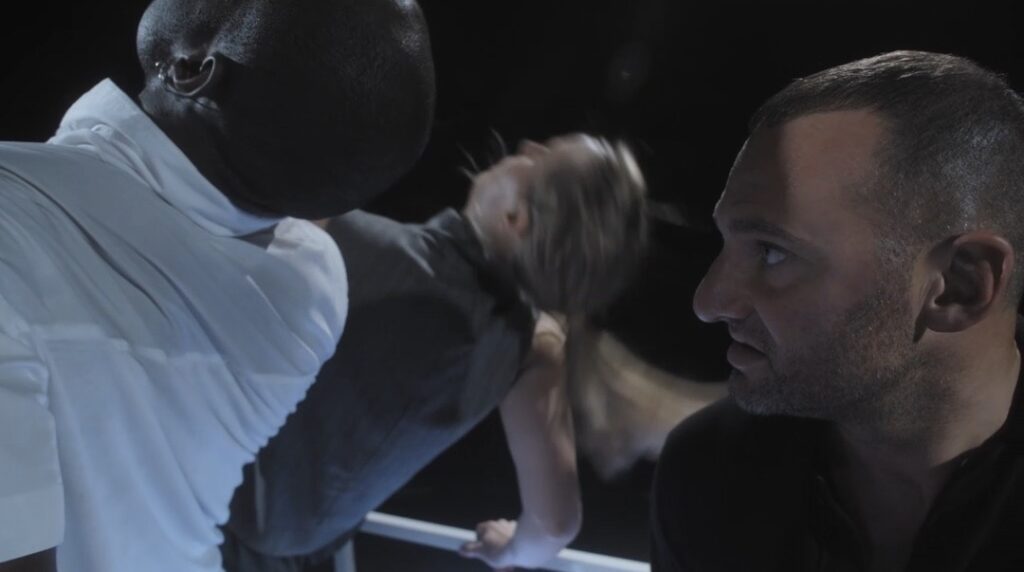
Why StoryFormer?
Our focus on narrative, structure and chronology throughout the development of Out Late felt like the perfect studies to bring to the StoryFormer software.
StoryFormer allowed us to further manipulate the chronology of our story. We could take the 18 scenes of the work and put them in infinite combinations, test them out, and select new, interesting ways to experience the work.
And then we could put the audience in control of which of those journeys they wanted to experience. In tech speak, a traditional audience became the ‘users’ of this interactive experience. We created regular ‘check-ins’ with the user—questions we asked at the end of each scene, or sequence of scenes. These questions get the user to respond to the story in the moment, in real time. And that instinctive reaction informs how their experience unfolds next. This segments the experience of the full narrative into bite-sized chunks and makes it bespoke, giving the user more flexibility than the ‘director’s cut’ version I made for stage, or would have made in a traditional film.
What does it mean?
Live audience: 1 single journey through the work.
StoryFormer user: 82 potential journeys through the work.
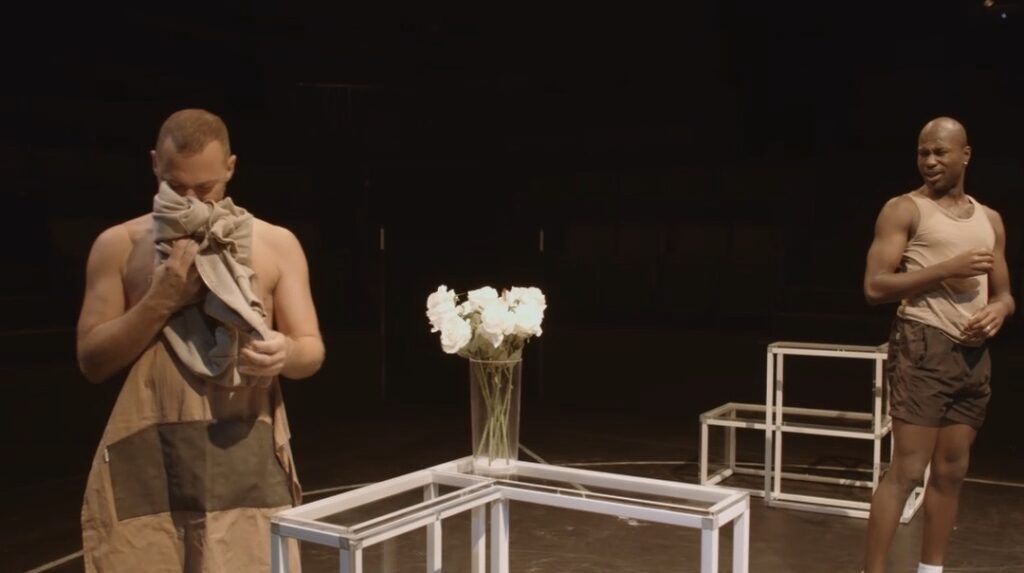
What were the creative questions you had to resolve?
What approach would we take to the filmmaking to immerse audiences in the story?
The theatre show was in the round, so we knew we needed multiple angles and roving cameras to capture this voyeuristic, dynamic and ever-shifting work. At times one of our character’s scenes are set in an afterlife space. I made the decision for the text within these scenes to be delivered direct to camera.
How can we give the user choices to experience the work, but at the same time ensure every single journey through the work makes narrative sense?
Very early on in reimagining Out Late for the StoryFormer software, Ankur (writer) Pooja (dramaturg) and I realised we were going to have to group scenes in some way. It wasn’t going to aid our story to open the entire journey through the work up to a user from the get-go, so we decided that we needed to group the work in some way, whilst still allowing the user to choose which order they consumed the content of each section.
We ended up with four main sections. Placing this structural restriction on the experience meant we were able to make sense of any given journey through the work but still leave some autonomy in the user’s hands about what in the content intrigued them and who/what they wanted to find out more about. To give an example, we decided that all interrogation scenes would need to be in the latter half of the experience. A user would come by the interrogation scenes in sections named top 2 and bottom 2. They would find themselves in top 2 if they wanted to follow Fifi and in the bottom 2 if they wanted to follow Sebastian, who are our two prime suspects. The order in which a user consumes the interrogation scenes are up to them and based on their choices, and they may also, due to their choices, not see all interrogation scenes before seeing the final scene. This differed to the live version where the interrogation scenes were divided and seen throughout the work, having the effect of jumping back and forth in time. In this digital interactive version, our timeline is in some ways more controlled and determined by the textual content and when each character learns specific bits of information. These kinds of considerations are very much about where crime drama meets an interactive experience.
What questions would we ask our users in the ‘check-ins’?
Ankur and I made the decision that all questions/prompts given to the audience would not be in the voice of another character but rather a ‘neutral’ voice that simply asked the user to respond to what they had just seen, so not to guide or sway a user. We also decided that the questions had to be related to the character’s motivations, or to the user’s desire to head in a certain direction in relation to the plot.
Is it important that every user sees all the scenes of the work?
Once we had crafted our structure for the digital interactive experience, it became clear a user could get to the end of the experience having not seen all scenes. The biggest challenge came when giving the user the choice to review all content they hadn’t scene. The StoryFormer software remembers a user’s choices and tracks what content they have seen. As a result, it can, at any point, push certain content to a user if they have not seen it, but this relies on complex conditions being met.
We decided to give our users a choice to review all missed content before our final scene. This was complex, especially when we considered the ramifications of this in relation to narrative. It meant bringing scenes together from different sections of the work and jumping around the story in a way that felt discombobulating. Due to this fact, I made the decision that we would only see four of the potential six scenes that a user could have missed to make sure the experience as a whole, even if you reviewed certain scenes right at the end, still felt cohesive and logical.
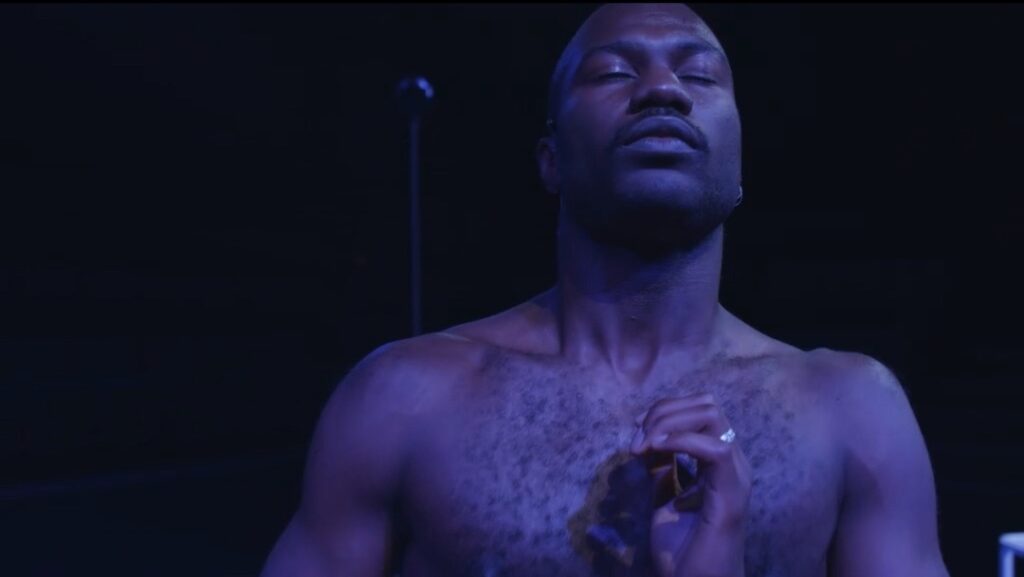
The results.
We are super proud of the results. It feels very different to the live version, or indeed the live stream that we have also produced. It gives the audience much more agency (which was what we hoped) and has them engage with the story in a much more active way than is possible in any other context. It essentially takes our work from being received by an audience, to being navigated by users, which is a thrilling development for how we share stories.
